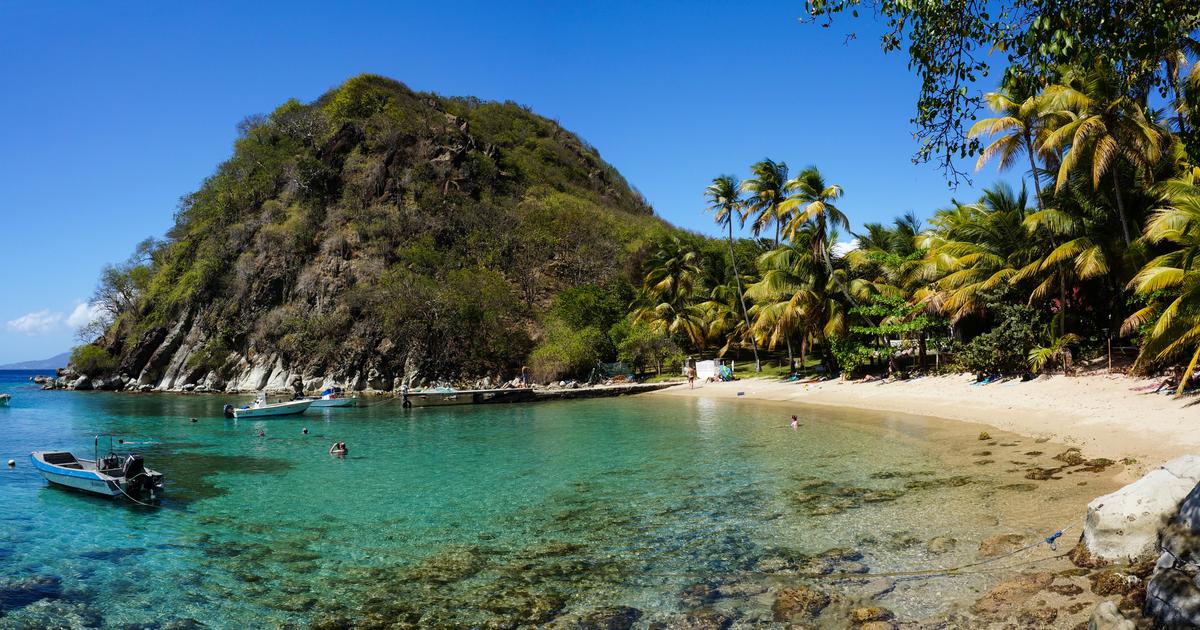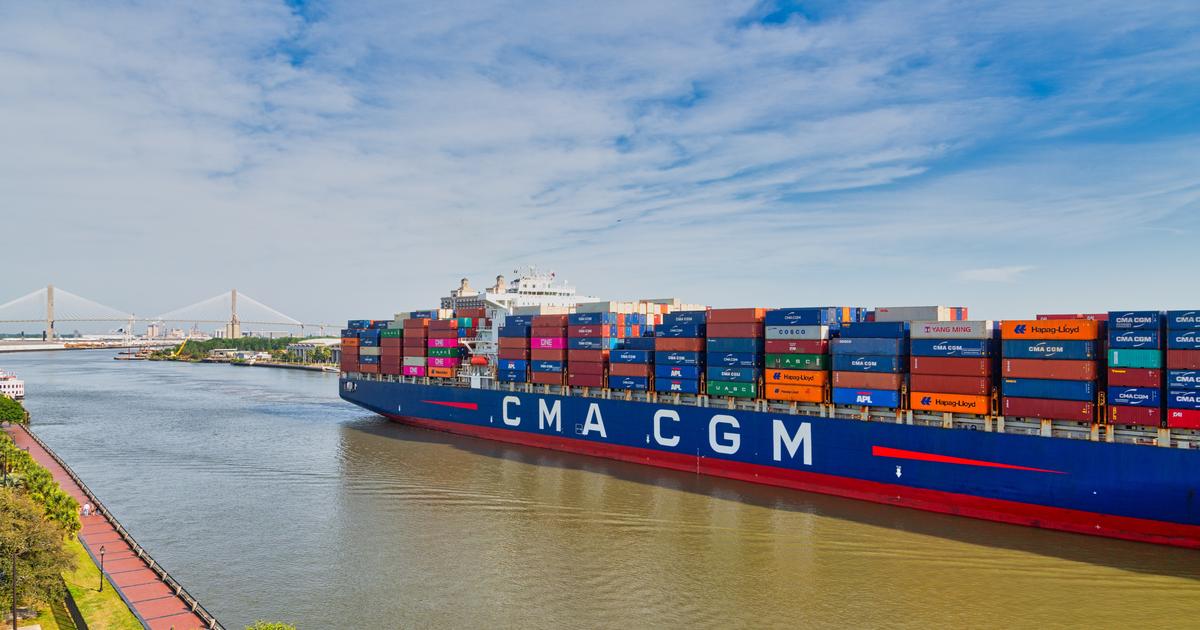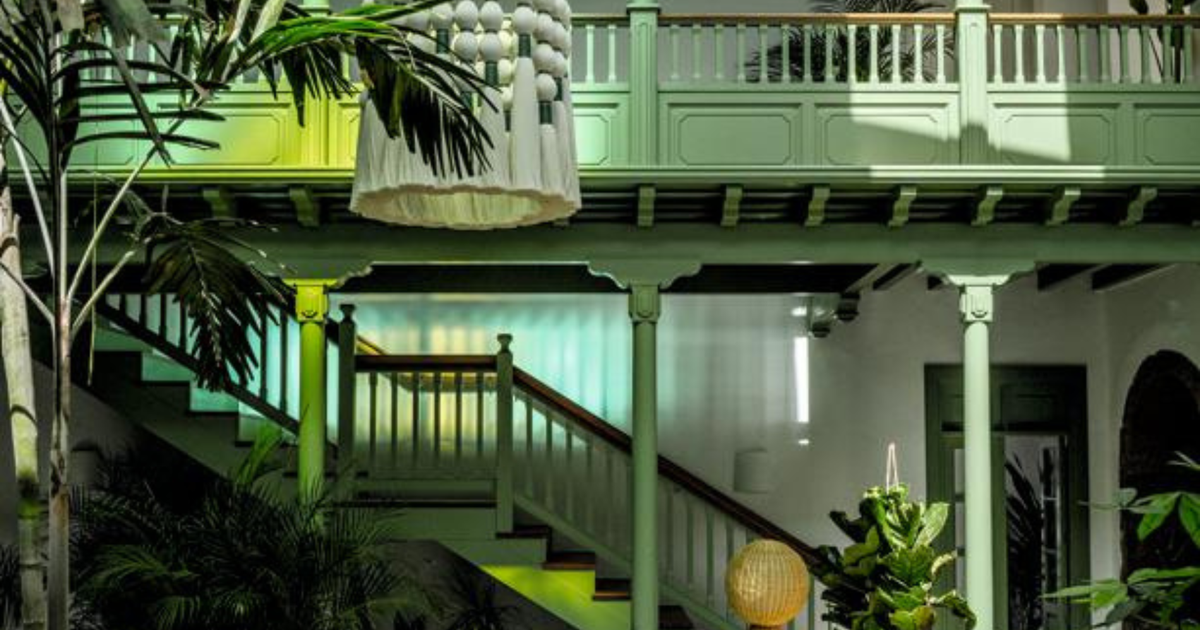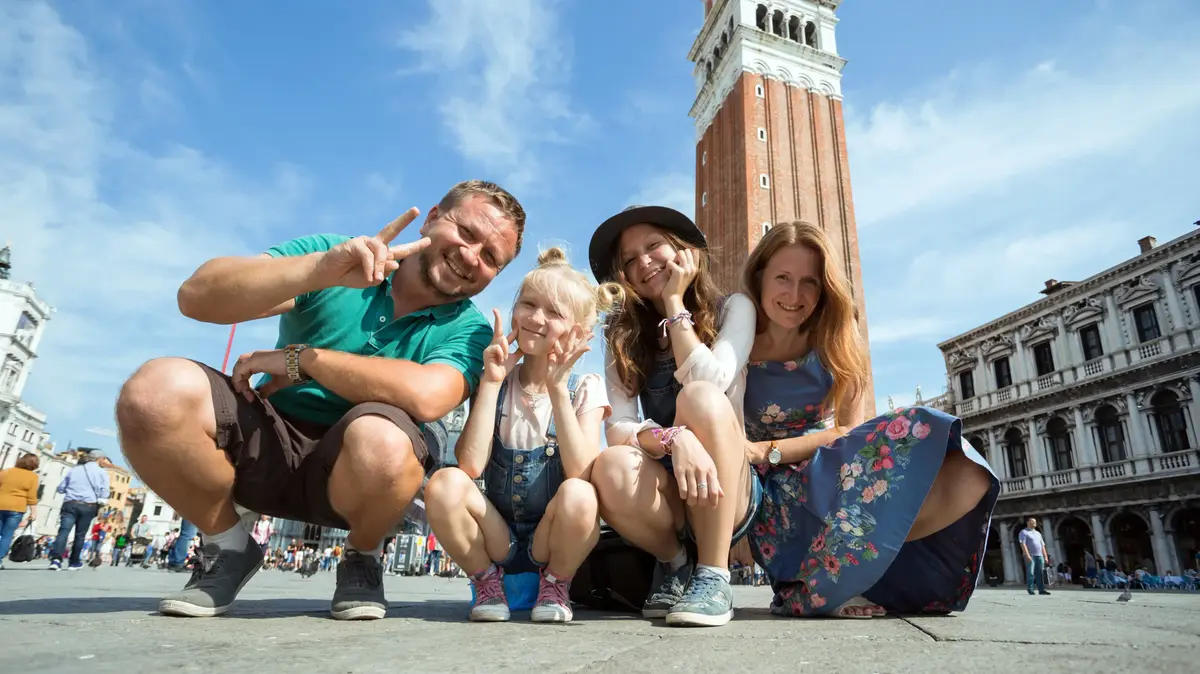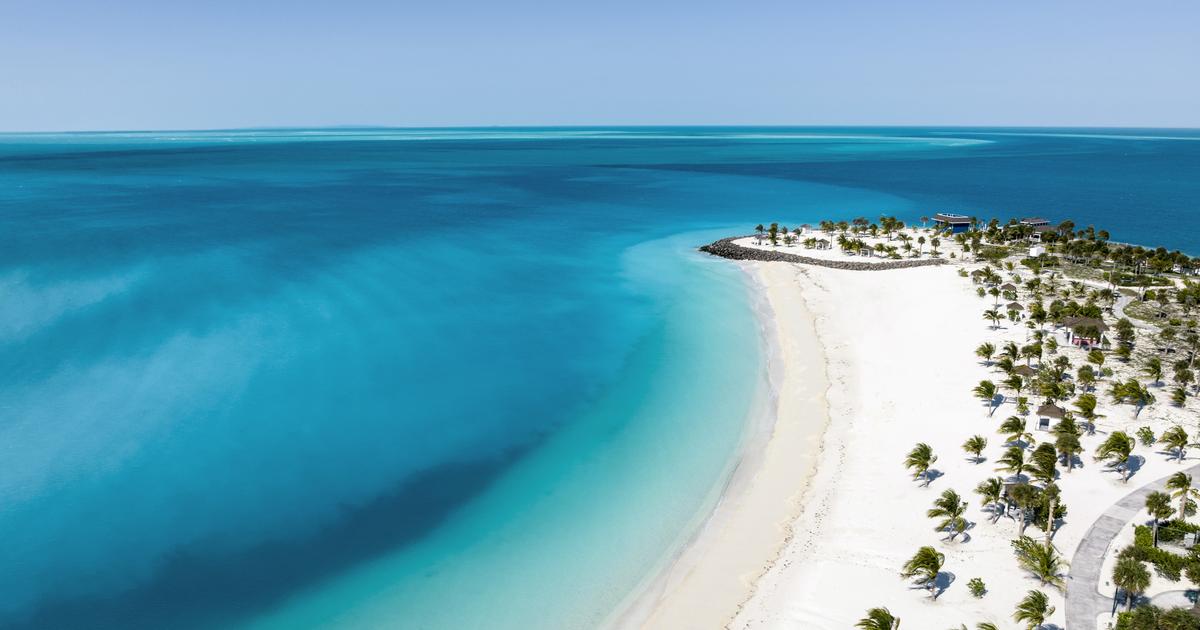The Guadeloupe ?
What generosity, what beauty!
Your hand wanders over the fragrant white flowers of jasmine-wood;
your bare foot treads on the pristine sand that thousands of years of coral reef erosion have made as fine as sugar.
The mangrove is revealed as you penetrate its bowels on a paddle, and the little secret paths open up in front of the wheels of your car to exquisite creeks fringed with grape trees.
On this land of the Lesser Antilles, the change of scenery is always there.
With its butterfly shape (its two large main islands are separated by a river), Guadeloupe offers two very different faces, on the Atlantic Ocean side and on the Caribbean Sea side.
From
Pointe-à-Pitre
where you will land, head west towards
Basse-Terre
to explore its humid forest, its waterfalls, its Amerindian petroglyphs, its volcano.
The diving is phenomenal, the beaches uncrowded, and the adorable archipelago of Les Saintes is only a boat jet away.
This clockwise itinerary allows you to then reach
Grande-Terre
, to the east, to enjoy its superb lagoon at 25°C.
It borders a southern coast dotted with seaside resorts and coconut palms.
Among the unmissable pleasures of the region, you have to try a siesta in a hammock on the Bois-Jolan beach, a good meal in Saint-François, an excursion to Petite-Terre and, of course, venturing on the tip of the Castles.
The rainforest and its waterfalls (Basse-Terre)
The tropical forest of Basse-Terre.
Marie Dufay
Basse-Terre is the kingdom of rain forest, or tropical forest, which covers more than 36,000 ha.
It includes 300 species of trees, which grow between huge ferns, in a jumble of lianas.
In this setting worthy of an adventure film, a change of scenery is guaranteed.
Beautiful hikes allow you to reach the most beautiful waterfalls in Guadeloupe: the
Carbet falls of
course, the
Moreau falls
(100 m high and one of the most beautiful hikes in Guadeloupe), but also the
Acomat jump
or the
Paradise basin,
lurking in the forest.
All practical information on
http://www.guadeloupe-parcnational.fr/fr
Three Rivers (Basse-Terre)
The petroglyphs in the Roches Gravées archaeological park.
Marie Dufay
Located at the southern end of the island, here is a small piece of very authentic Guadeloupe, within a luxuriant nature.
Its black sand beach, the kindness of the inhabitants and the traditions still alive around
Vieux-Fort
will seduce you.
In the
Roches Gravées
archaeological park , you can admire around twenty pre-Columbian vestiges: these petroglyphs depicting human faces and very bare silhouettes were drawn around the year 300 by the Arawak Indians.
Our advice:
prefer the morning lights to observe them (tel 05 90 92 91 88, guided tour €2/pers).
The Saintes archipelago
Panoramic view of Terre-de-Haut.
boivinnicolas - stock.adobe.com
The adorable little archipelago of Les Saintes rises in the middle of the Caribbean Sea 15 minutes by boat from Trois-Rivières (with CTM Deher, https://www.ctmdeher.com/; tel.: 05 90 92 06 39; A/R adult /child €23/€16).
Terre-de-Haut
, the most populated island, offers a range of nautical and gustatory pleasures;
its bay, surmounted by Fort Napoleon, is splendid, and its hilly terrain is best visited by scooter.
This “Creole Saint-Tropez” is the territory of fishermen of Norman and Breton origin… and iguanas!
More secret and wild, the peaceful
Terre-de-Bas
, which can be reached in a few minutes by sea, is also worth a detour.
The Soufrière volcano (Basse-Terre)
This active volcano, a true totem of Guadeloupe, is also the highest point in the West Indies (1467 m).
Christelle.delforge - stock.adobe.com
Climbing to the top of this 200,000 year old active volcano is an extraordinary experience.
The highest point of the West Indies with its 1467 m, Soufrière can be approached in less than 3 hours round trip, thanks to a marked path from the
Bains Jaunes
- thermal springs fed by the volcano -, which takes you through the rain forest.
Up there, a lunar atmosphere, chilly fog and sulphurous vapors await you: mystical as you wish!
Our advice:
choose clear weather for this relatively easy hike, and don't forget to equip yourself correctly (technical clothing, poles, water, cereal bars).
The Cousteau Reserve (Basse-Terre)
A sea fan, in the Cousteau reserve.
Gregory CEDENOT;
On the territory of the municipality of
Bouillante
, on the west coast of Basse-Terre, this underwater reserve shows a great biological diversity: corals, gorgonians, sponges, turtles, crustaceans, countless species of molluscs and fish (groupers, parrots, damselfish, etc.), and up to twenty species of cetaceans (sperm whales, humpback whales, dolphins, etc.).
Famous since Commander Cousteau filmed scenes from his film "The World of Silence" there in 1955, it will delight divers and fans of snorkeling.
Malendure
beach
concentrates the service providers who take you to the
Pigeon islets
which are also part of the Cousteau reserve.
Their formulas and prices are similar.
The crossing road (Basse-Terre)
One of the waterfalls (les Écrevisses) to dive on the road.
Marie Dufay
This magnificent 30 km winding road crosses Guadeloupe National Park from east to west, cutting through dense tropical vegetation.
Bamboos, gum trees, giant ferns and mahogany trees crowd the side aisles, before giving way to waterfalls (the Saut de la Lézarde, the Crayfish Waterfall) and mountainous terrain that lends itself to hiking (Balade des Mamelles, or the most difficult trace of the Crêtes).
Our advice:
the Parc des Mamelles, (https://www.zoodeguadeloupe.com/; tel.: 05 90 98 83 52; adult/child entry €15.50/9) in the heart of the forest - which we explore from walkways 20m high - exhibits a variety of wildlife.
The beaches between Deshaies and Sainte-Rose (Basse-Terre)
Grande Anse beach, on the north coast of Basse-Terre.
Marie Dufay
Green, serene, the north coast of Basse-Terre is home to fishing ports scattered among magnificent beaches, in a style different from that found on Grande-Terre.
Between
Deshaies
and
Sainte-Rose
, the blond, brown, ocher sand shines with a thousand lights, especially at sunset.
Whatever their size, you can enjoy lazing around as a couple, play in the waves, meet up with friends.
Our favourites?
Leroux, Grande Anse, la Perle, Cluny, les Amandiers, and Nogent.
The beaches in the south of Grande-Terre
The heavenly Caravelle beach, near Sainte-Anne, offers a dream setting.
Other sublime but less crowded beaches are accessible to the south of Grande-Terre.
Sebastien KOMARNICKI - stock.adobe.com
The south coast of Grande-Terre is the busiest region of the island... and for good reason: the coastline unrolls dozens of idyllic beaches, bathed in crystal clear waters, where the golden sand that you let flow through your fingers like that of an hourglass reminds us that, under the coconut palms, time stands still.
Among them, that of
Bois-Jolan
is one of the most attractive.
Extending over 2 km, rather family-friendly, it is protected by a coral reef, and renowned for the clarity of its calm waters.
The Raisins Clairs
beach
is ideal for basking, while
the very busy Caravelle
beach offers a postcard setting.
Saint-Francois and Petite-Terre (Grande-Terre)
A gray iguana, visible in Petite-Terre, an uninhabited archipelago that can be reached from Saint-François.
Zaphne - stock.adobe.com
Important fishing village with beautiful colorful huts,
Saint-François
has become one of the largest seaside resorts in Guadeloupe.
Between its superb lagoon (ideal for surfing and windsurfing), its many restaurants and hotels, its marina, its nightlife, you are bound to have a good time there.
It is from there that we set off on an excursion to
Petite-Terre
, a marvelous uninhabited archipelago of 200 hectares, home to iguanas, migratory birds, green turtles, rays, tropical fish and dolphins.
Allow 45 minutes to cross
https://www.petite-terre.com/visite.html
.
The tip of the castles (Grande-Terre)
At the very end of Grande-Terre, the point sinks into the Atlantic.
Marie Dufay
It's a bit like the Antillean Pointe du Raz.
10 km from Saint-François, at the very end of Grande-Terre, the spectacular Pointe des Châteaux plunges into the Atlantic, like a mineral prow defying the waves.
This grandiose peninsula is the most visited site in Guadeloupe.
You have to see it on windy days, when the cliffs are whipped by sheaves of foam.
A road crosses this magnificent isthmus punctuated by white sand beaches, such as that of the Salines.

